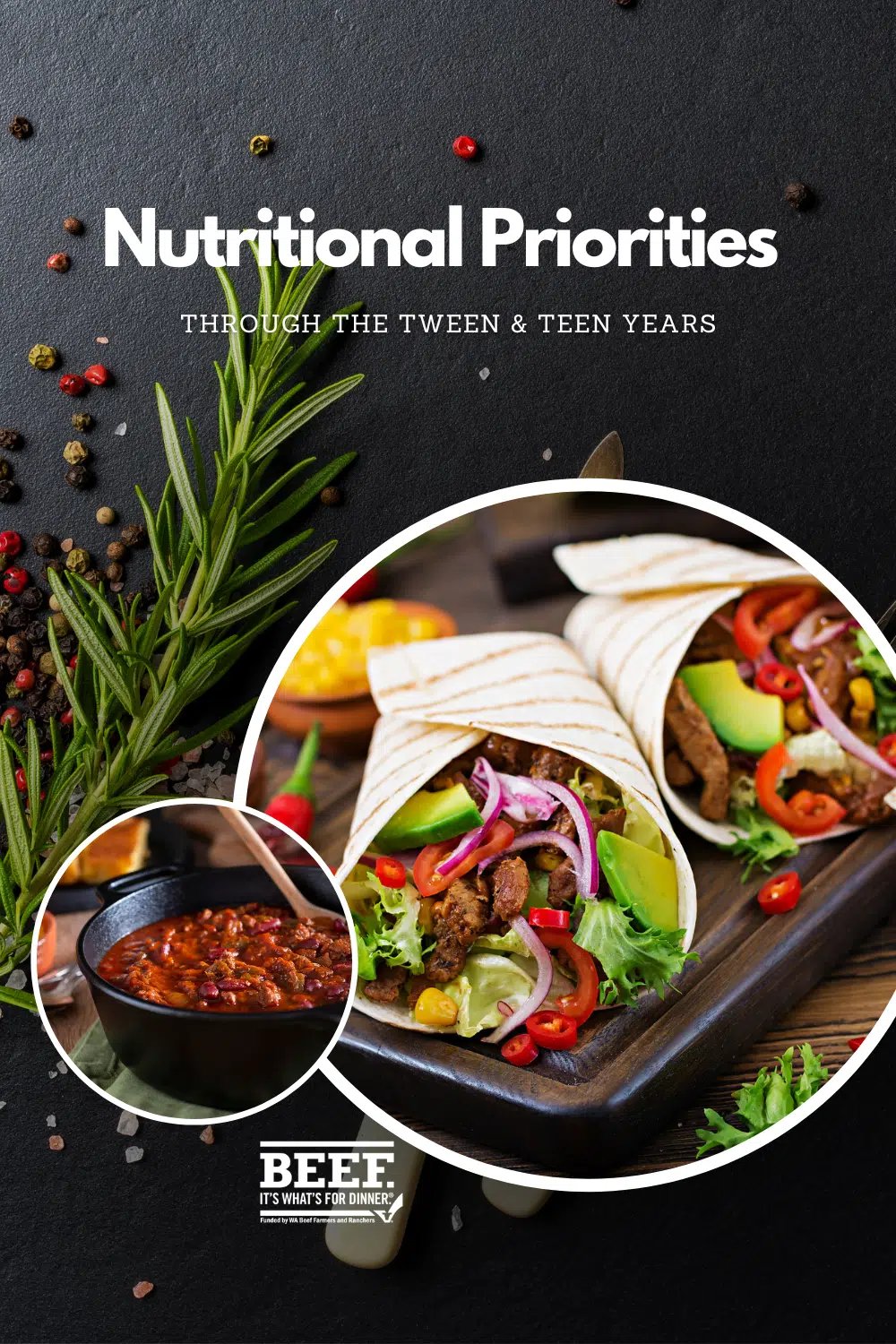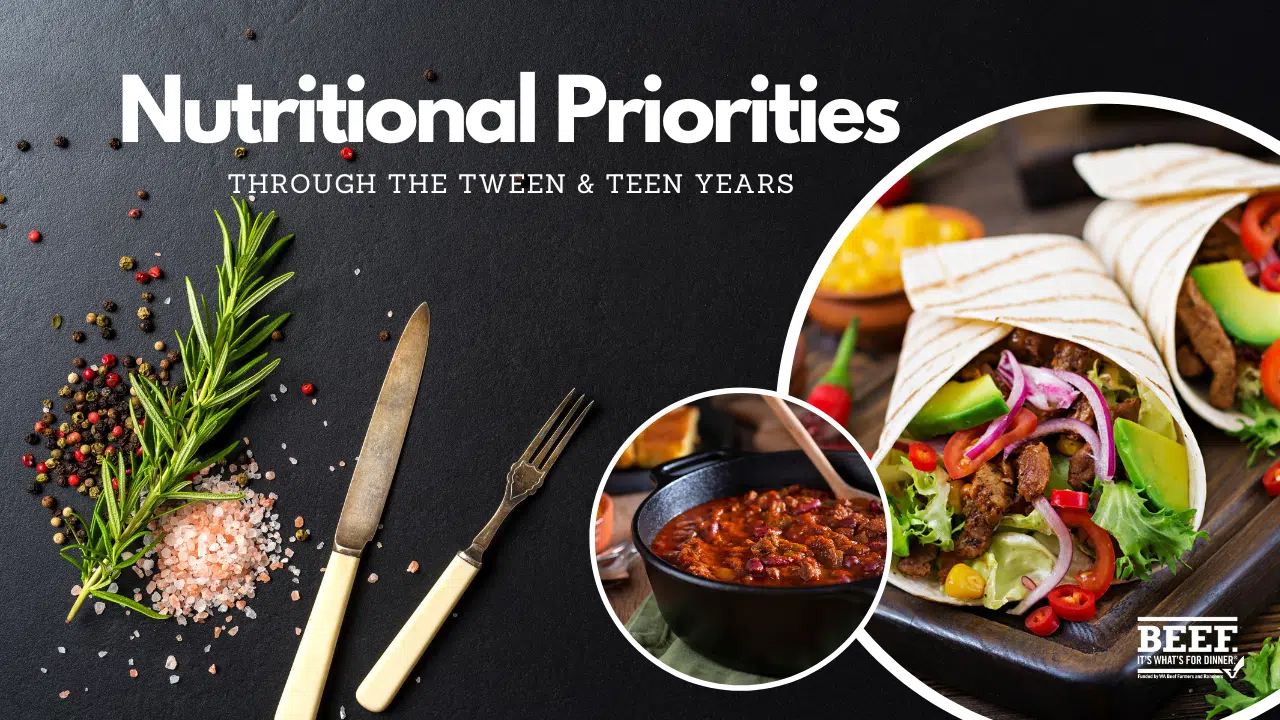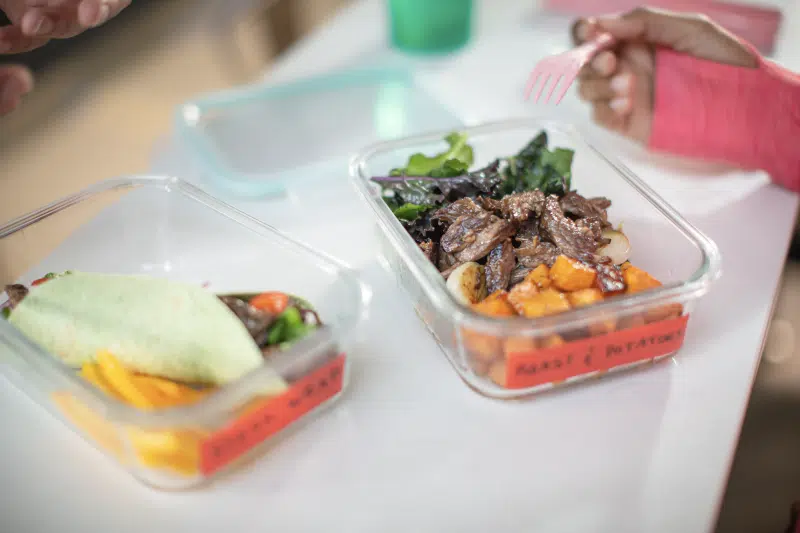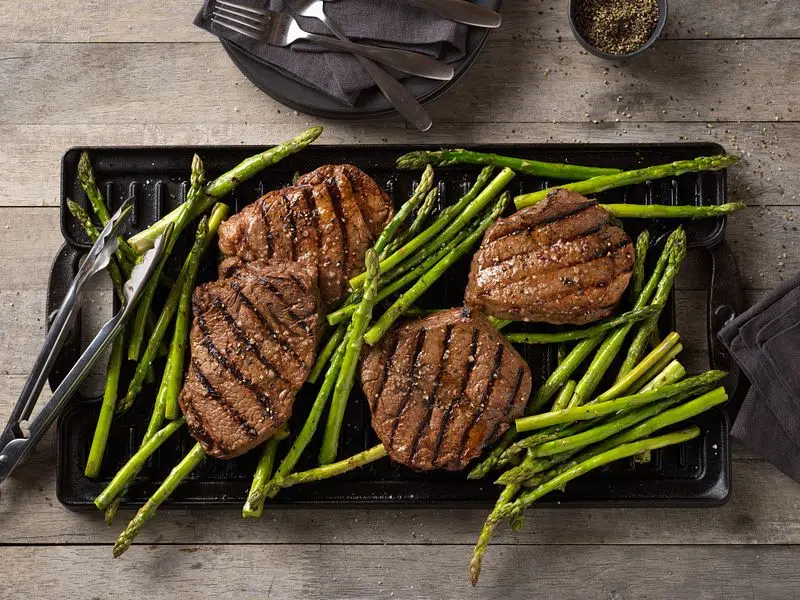If your parenting journey looks anything like mine, nutrition has become less of a priority the older your kids have gotten. I started off pretty strong – plenty of fruits and veggies, limited sugar, and mostly unprocessed foods. Then life got busier, kid-centric problems got more complicated, and much of my energy got diverted elsewhere.
My kids’ diets aren’t as clean or nutritious as they once were. Sometimes it bothers me, but the realist in me acknowledges that it’s the natural progression. When kids are younger you have nearly complete control of what they eat. As they get older they become more autonomous and make more choices for themselves. Even if you cook homemade family meals and keep healthy options around the house, once they hit the adolescent years they’ll be snacking at friends’ houses or eating school lunches more often, and once they’ve got their own money, there’s no stopping them from buying whatever snacks and food they want.
As I navigate this new season with my kids and working to prioritize their health and well-being I am incredibly grateful for beef and the nutrients it can provide my kids. It has allowed me to help them prioritize protein in a way they actually like.
This post is sponsored by the Washington State Beef Commission.
Everything is such a balance isn’t it? Even though you can’t completely control this area of your kids’ life (nor should you want to; that’s a recipe for an unhealthy relationship with food down the line), you still need to influence them and set them up for a healthy adulthood. Because nutrition during these years is critical. Consider these facts:
- According to the Dietary Guidelines for Americans, school-age children and adolescents are falling short on consuming essential nutrients needed to build strong minds and strong bodies.
- Tweens and teens are missing the mark on eating enough protein, iron, choline, vitamin B6 and B12.
- Adolescents need nutrition to support their growth needs: 10- to 19-year-olds gain 15-20 percent of their final adult height, and 40-50 percent of their adult weight during this time.
- Poor nutrient intake during childhood and adolescence can lead to significant growth and learning challenges, such as delayed physical development, poor academic performance, and depressed immune function.
- Adolescent girls, particularly in the 14–18-year-old age range, are under-consuming essential nutrients which can have impactful consequences given that this is an age range typically encompassing the onset of puberty, menarche and other hormonal changes including potential pregnancy.
So what’s a mom to do? How do you encourage the nutrition they need while respecting their autonomy and growing independence? Here are three ways to do just that.
1.Don’t give up on homemade meals. Nutrition doesn’t have to be all or nothing. Serve healthy, homemade meals when you can, keep fruits, veggies, and whole grains around the house for snacking, and let go of whatever else happens. You can’t control everything. Need some recipe ideas, we’ve got you covered with some great beef options!
2. Prioritize protein. When you offer food to your child, give them the biggest bang for your nutritional buck! Beef offers many of the essential nutrients that today’s kids are lacking, plus it’s satisfying and will keep them full longer. And there are so many delicious ways to serve it – whatever you make will be a hit!
3. Share information with your child. Don’t assign values (“good” or “bad”) to food. Just talk about the function it serves for your body. Say things like, “The beef in this hamburger will help you feel full all afternoon, and also help your body recover after your intense workout!” or “The sugar in this will give you energy right now, but in a few hours you might feel a little tired.” Use opportunities to share information about food but don’t shame your child or criticize them for their choices.
Try some of these delicious beefed-up options for an
easy dinner or school lunch!
PIN THIS!

 Read more of Kristina’s contributions to AllMomDoes here.
Read more of Kristina’s contributions to AllMomDoes here.















